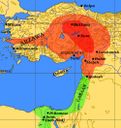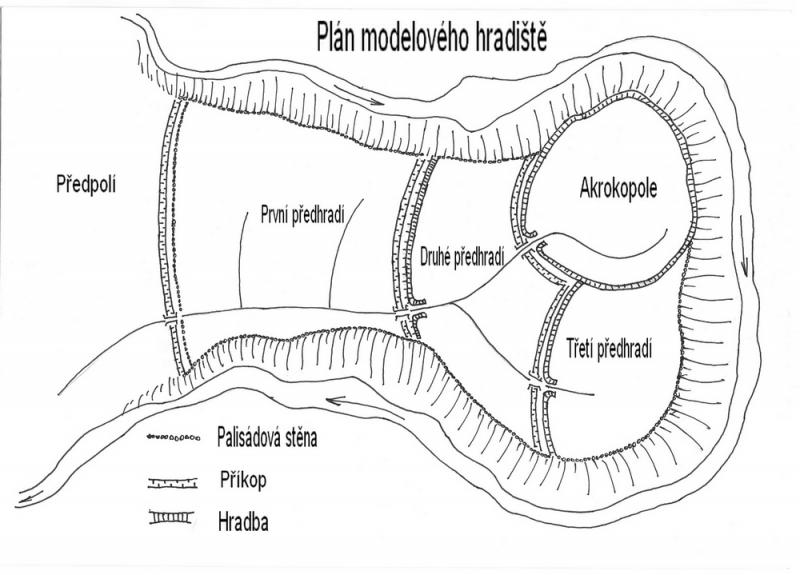
Antiquity (3000 BC-476 AD)


Ancient Warfare I.

Assyrian Empire

Athens state system
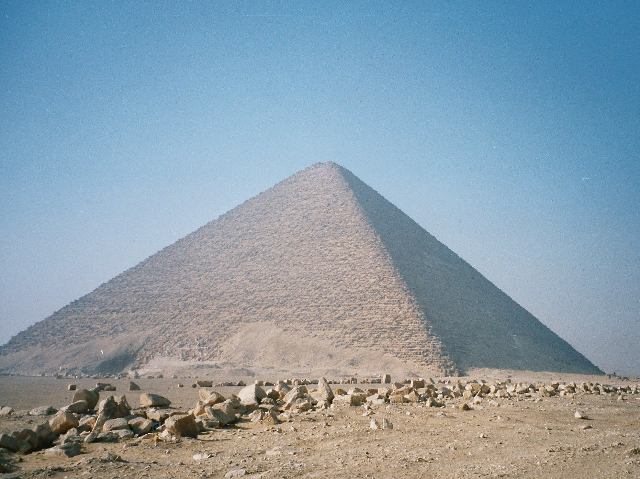
Civilization in the shadow of the pyramids I.

Civilization in the shadow of the pyramids II.

Civilization in the shadow of the pyramids III.

Prehistoric fortifications in our territory, part 1: Theoretical treatise
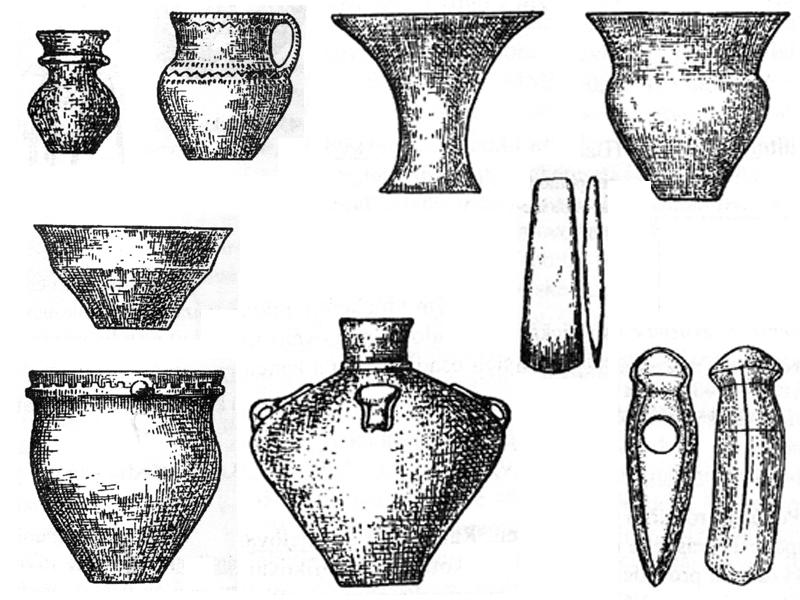
Prehistoric fortifications in our territory, part 3
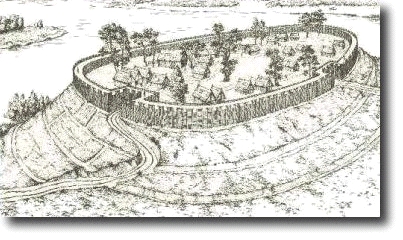
Prehistoric fortifications in our territory, part 5: La Tène period - Celts
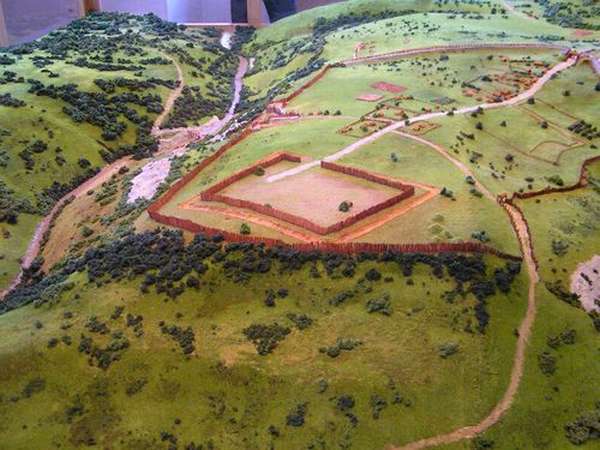
Prehistoric? No - already medieval fortifications in our territory, part 4
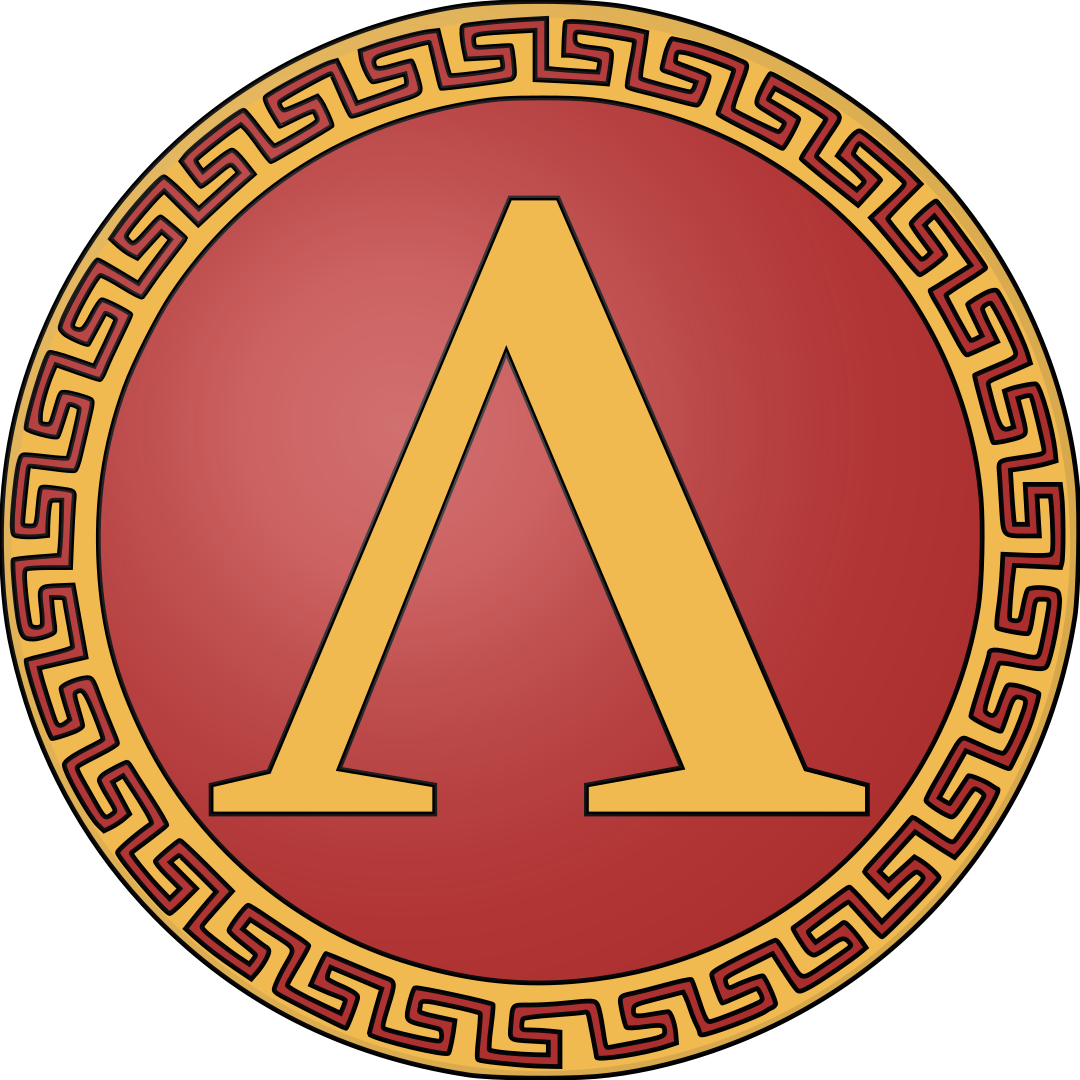
Sparta
When pronouncing this word, interesting associations emerge before the eyes of every fan of ancient history. A strange and legendary state system, the virtues boasted by the Spartans, but most often the horror of the nephews led by King Leonid in the heroic battle of Thermopylae. What was really behind the phenomenon of the Spartan state? What was the strength, but also the weaknesses of this company, briefly tries to approach this article.

The Babylonian Empire

The Hittite Empire

Egypt
Ancient Egypt was one of the most important and oldest ancient civilizations in the Mediterranean and the Middle East. Gradually, there was a confrontation with the emerging ancient states that the Egyptians could not successfully face in the long run. This led to a rather defensive concept of foreign policy and ultimately to re-control of Egypt by foreign rulers.
Mesopotamia
Mesopotamia was the cradle of civilization. The first Sumerian population appeared in Mesopotamia at the turn of the 4th and 3rd millennium BC. In ancient times it was divided into northern Assyria and southern Babylonia. The upper part of Babylon was called Akkad and the lower Sumer. In 539 BC, the Persians of the Achaimen dynasty entered Babylon and Alexander the Great in 331 BC, after whom Babylon became part of the Seleucid Empire. Around 150 BC, the Parthians seized Mesopotamia, and Persians again in the 2nd century AD. In 637, Muslim Arabs took over the governments of Mesopotamia.
Greek
Ancient Greece includes the period from the arrival of the Greek tribes to the Aegean region in the 2nd millennium BC to the time of the domination of the Roman Empire and the formation of the Byzantine Empire (4th to 6th centuries BC).
Rome
Ancient Rome was a civilization emerging from the city of Rome, based on the Apennine Peninsula, probably in the 8th century BC, which expanded to a large part of the ancient world and survived to the 5th-6th century AD. The form of the government of Rome changed over the centuries first from kingdom to republic and finally to an empire. At its greatest extent under Emperor Trajan, the power of Rome spread to all the countries along the Mediterranean Sea, then into Gaul, Britain and large parts in the Black Sea.Join us
We believe that there are people with different interests and experiences who could contribute their knowledge and ideas. If you love military history and have experience in historical research, writing articles, editing text, moderating, creating images, graphics or videos, or simply have a desire to contribute to our unique system, you can join us and help us create content that will be interesting and beneficial to other readers.
Find out more